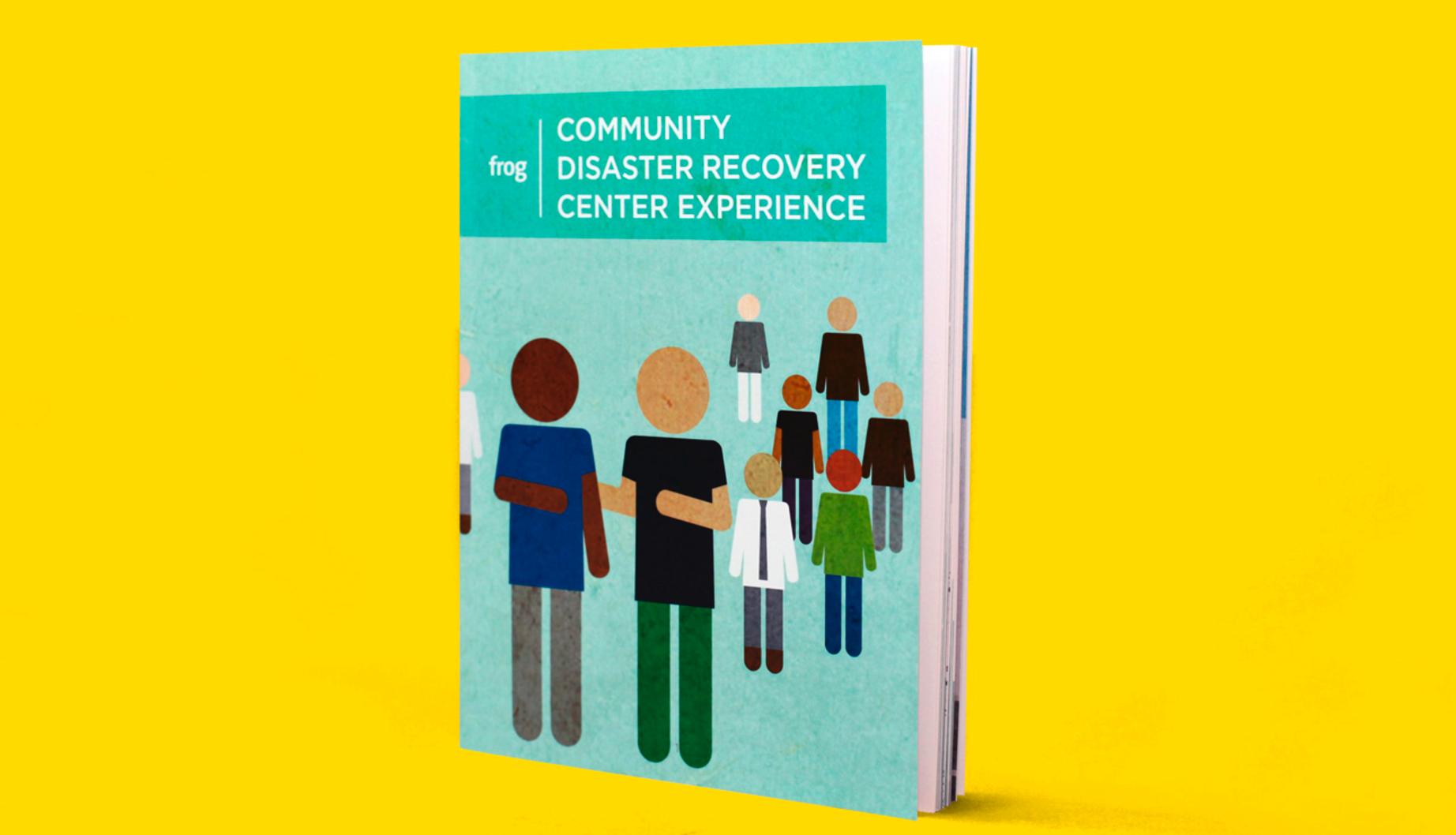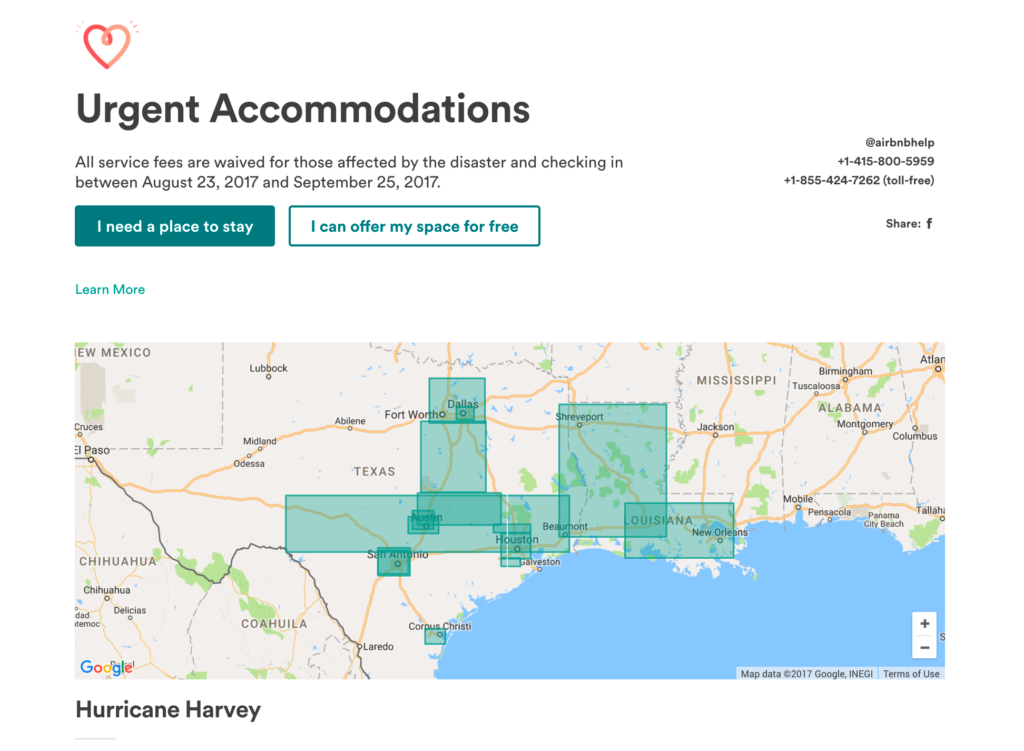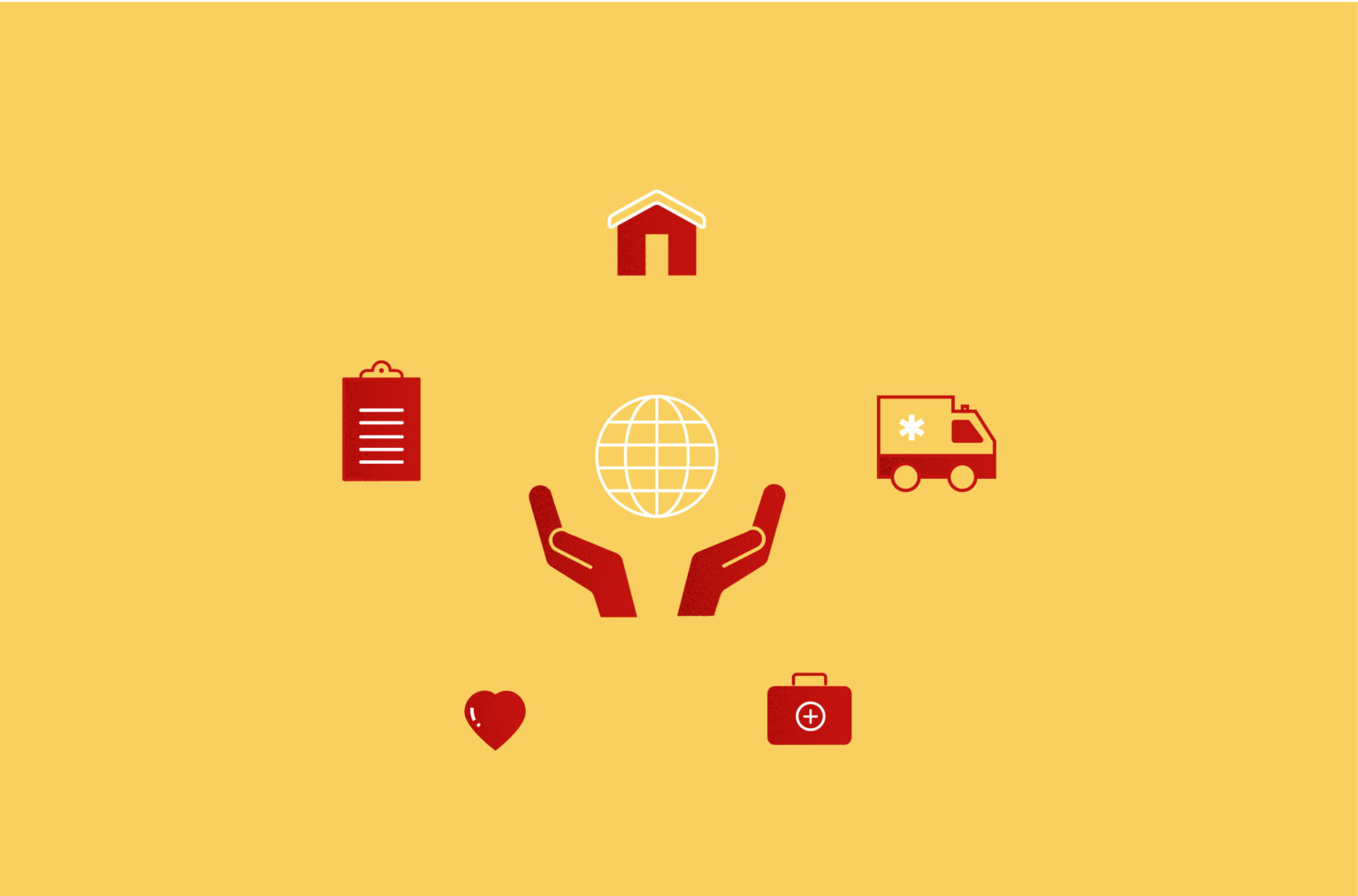To call the flooding in Houston a catastrophe, at this point, would almost be an understatement— all reports regard Hurricane Harvey as the worst storm event to ever occur in this country. It’s not just Texas that’s affected; any states lying on the gulf are going to have their hands full with hurricane relief and recovery for the foreseeable future. It’s got our studio buzzing with conversation and resource-sharing as we try to figure out how we can help. What role can we play in our community of designers and small business supporters? How can we show support that is both meaningful and impactful? And, how can we think critically about our work as design thinkers, and the role that can play in communication in the broader sense?
We’ve been talking about this quite a bit as a team, so we thought we’d bring the conversation here to the blog to share with you all. Check out some examples of how design thinking has been used in critical ways to support disaster relief and recovery. We also included some resources at the end, if you’re interested in showing your support along with us.
FEMA x frog Partnership

Following FEMA’s much-criticized response to Hurricane Katrina in 2005, the agency’s innovation team partnered up with frog design to re-think their approach. Through a collaborative process, they reiterated the critical role communication plays in disaster support. Together, their teams identified community as an underutilized resource in relief efforts, and created a response plan that built on “the natural human instinct to help.” Empowering community members to lead Disaster Response Centers on the ground in preparation for FEMA to arrive was step one; designing comprehensive registration and information distribution plans was step two. Design plays such an invaluable role in communication on a macro level— this collaboration was a really impressive examination of the ways that design thinking helps to streamline that communication, and create massive positive impact in future disaster scenarios. Read more.
AirBnB Disaster Response Program

AirBnB used their platform to create a real-time digital solution for displaced families to seek shelter. Reimagining their logo from an “A” to a heart (which is an icon universally indicative of health or well-being), the company created a special platform for homeowners to offer their spaces to flood escapees, free of charge. Through this, they have been able to activate cities across the affected region to help solve the critical issue of displacement in the event of disaster— and they’ve scaled this model to reach across the globe during active disasters of any kind. If we were closer, we’d offer our studio! Read more.
ASLA’s Guide to Resilient Design
The American Society of Landscape Architects collaborated on a comprehensive review of architecture’s role in anticipating and mitigating natural disasters. In their words, “Resilient landscape planning and design offers a way forward for communities. We can now use multi-layered systems of protection, with diverse, scalable elements, any one of which can fail safely in the event of a catastrophe.” Ultimately, the idea is to build structural systems that work with the land, and it’s definitely an interesting read even if you are not in design or architecture. We’re thinking a lot about the design decisions that get made in our own cities, and the role we can potentially play in challenging lawmakers to consider ‘resilient’ design as an imperative. This is definitely a crucial first step in our self-education on the topic. Read more.
Ultimately, designing for disaster is not a one-size-fits-all scenario. Each instance of natural catastrophe brings with it a unique set of problems to solve and a new variety of community challenges. As design thinkers, we are committed to contributing to this conversation over the long-term— we would love to chat with anyone who is interested in working together on new initiatives around resilient design. So hit us up!
We’ve also donated to CERF+, “part of a national emergency and disaster network of arts responders, which is gathering information from arts organizations, artists, arts-related businesses, and other on-the-ground groups to assess the storm’s impact on artists.” We hope you’ll join us!
Other awesome organizations our friends are donating to:
- The Hurricane Harvey Relief Fund, organized by the mayor of Houston.
- To help animals, visit the Houston Humane Society.
- The L.G.B.T.Q. Disaster Relief Fund will be used to help people “rebuild their lives through counseling, case management, direct assistance with shelf stable food, furniture, housing and more.”
Stay safe out there, friends.


